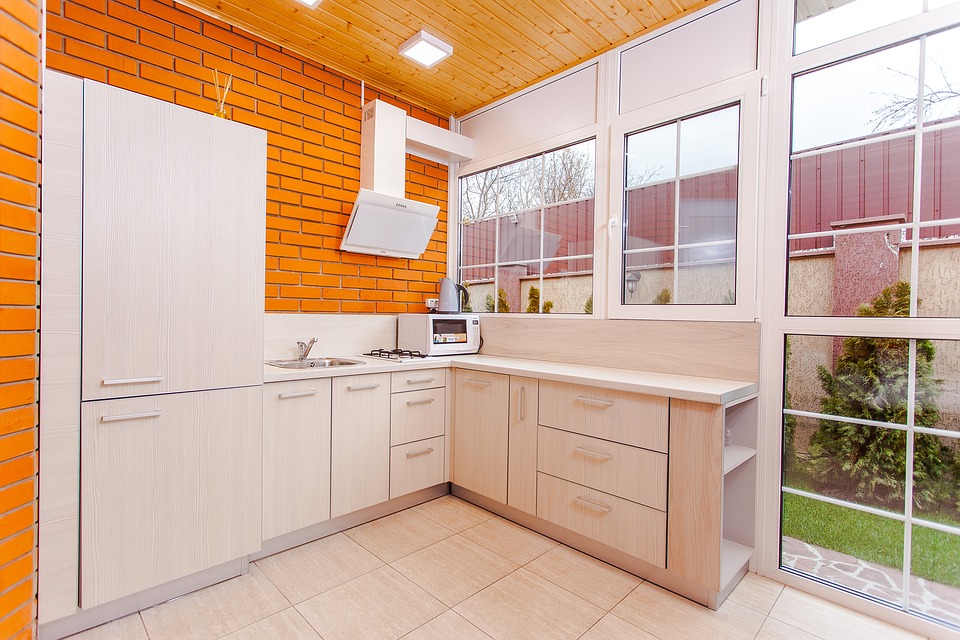With the cost of almost everything on the rise, many families are looking for ways to save on their utility bills. Increasing the energy efficiency of the most common household appliances is one way to trim dollars of the family's electricity budget. This article has some tips on how to increase the efficiency of one of the most common household appliances there is-the refrigerator. Following these tips will not only help you keep more money in your wallet but will also increase the life of your refrigerator, saving you even more money on repairs and replacement in the long run.
1) Replace the rubber seal around the refrigerator's door. A commonly overlooked maintenance item on refrigerators is making sure that the rubber seal around the refrigerator's door is in working order. Check to make sure that there is no damage to the seal and if there is, replace it.
2) Keep the doors closed as much as possible. Have an idea about what you want out of the fridge before opening it so that you spend less time standing in front of a refrigerator with an open door.
3) Turn the temperature up. Making small modifications to the temperature can translate into huge energy savings. The ideal temperature to increase energy efficiency is 36-38 degrees Fahrenheit for the refrigerator and 0-5 degrees Fahrenheit for the freezer.
4) Avoid frost accumulation. Frost buildup can cause your refrigerator to work harder than it has to. Properly defrosting your refrigerator and freezer not only increase energy efficiency but will also increase the life expectancy of your unit.
5) Place your refrigerator on power-save mode. Many new refrigerators have a power-saving mode. Check and see if your refrigerator has this feature, and if so increasing the efficiency is as easy as switching a switch.
Follow these tips and you can not only increase the energy efficiency of your refrigerator but also increase its life and be a better steward of our environment.






